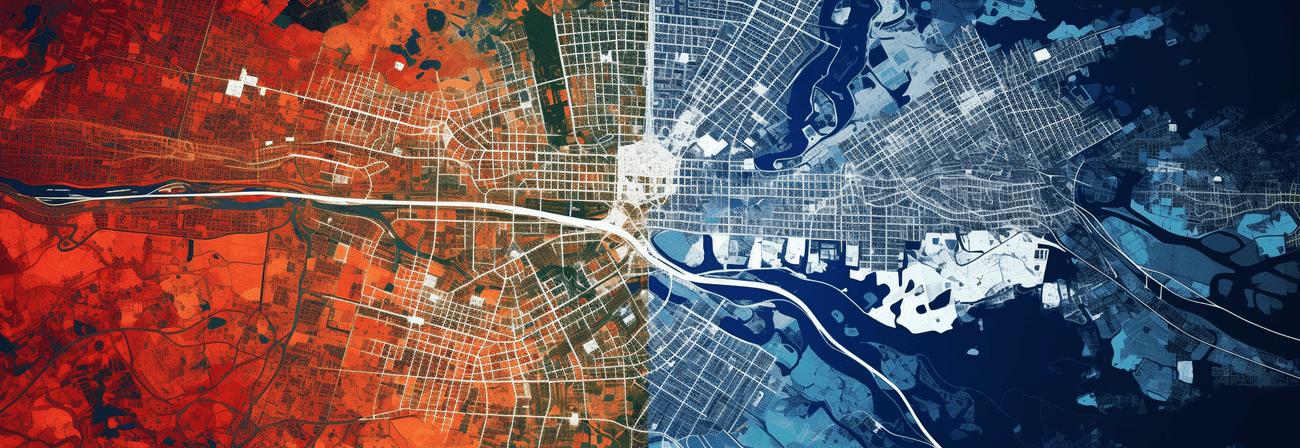
GIS vs CAD - The difference between GIS and CAD
The difference between GIS and CAD
Understanding the fundamental disparities between Geographic information systems (GIS) and Computer-Aided Design (CAD) is crucial for anyone delving into spatial data and digital modeling. Let's explore the key differences that set these systems apart:
GIS: Unveiling the Power of Geospatial Information
Geographic information systems (GIS) serves as a comprehensive system designed for the display and processing of geodata. This includes data enriched with spatial positions, allowing for the structured presentation, representation, and analysis of complex issues. Key differentiators include:
- Local Reference Requirement: GIS data or geodata relies on a local reference for accurate spatial positioning.
- Focus on Visualization and Analysis: GIS places emphasis on the visualization, maintenance, and analysis of data, aiding in a holistic understanding of geographical information.
- Diversity in Data Formats: GIS accommodates a wide range of data formats and sources, reflecting the varied nature of geospatial information.
- Efficiency and Flexibility: GIS systems excel in efficient and flexible data management, adapting to diverse datasets seamlessly.
CAD: Precision in Digital Modeling
CAD systems, on the other hand, are geared towards the creation and graphical modeling of digital content. These systems commonly handle plans, drawings, and 3D models, prioritizing precision in representation. Key attributes of CAD systems include:
- Emphasis on Precision: CAD systems prioritize highly precise representations, facilitating the creation of components with exact specifications.
- Standard File Formats: CAD data is predominantly stored in DXF or DWG files, adhering to industry standards.
- Focused on Digital Modeling: The primary role of CAD lies in the creation and manipulation of digital models, ensuring accuracy in design and manufacturing processes.
Complementary Roles and Synergy
While GIS and CAD serve distinct purposes, they can complement each other effectively. The synergy between these systems arises from their ability to address different aspects of spatial data management. GIS excels in handling diverse geospatial information, while CAD ensures meticulous precision in digital modeling. Together, they form a powerful combination, offering a comprehensive solution for diverse applications.
In conclusion, the choice between GIS and CAD depends on the specific needs of a project. Understanding their unique features enables professionals to leverage the strengths of each system, ultimately enhancing the overall efficiency and effectiveness of spatial data utilization.
First published August 30, 2020
Have you published a response to this? Send me a webmention by letting me know the URL.
Found no Webmentions yet. Be the first!
About The Author

Geospatial Developer
Hi, I'm Max (he/him). I am a geospatial developer, author and cyclist from Rosenheim, Germany. Support me